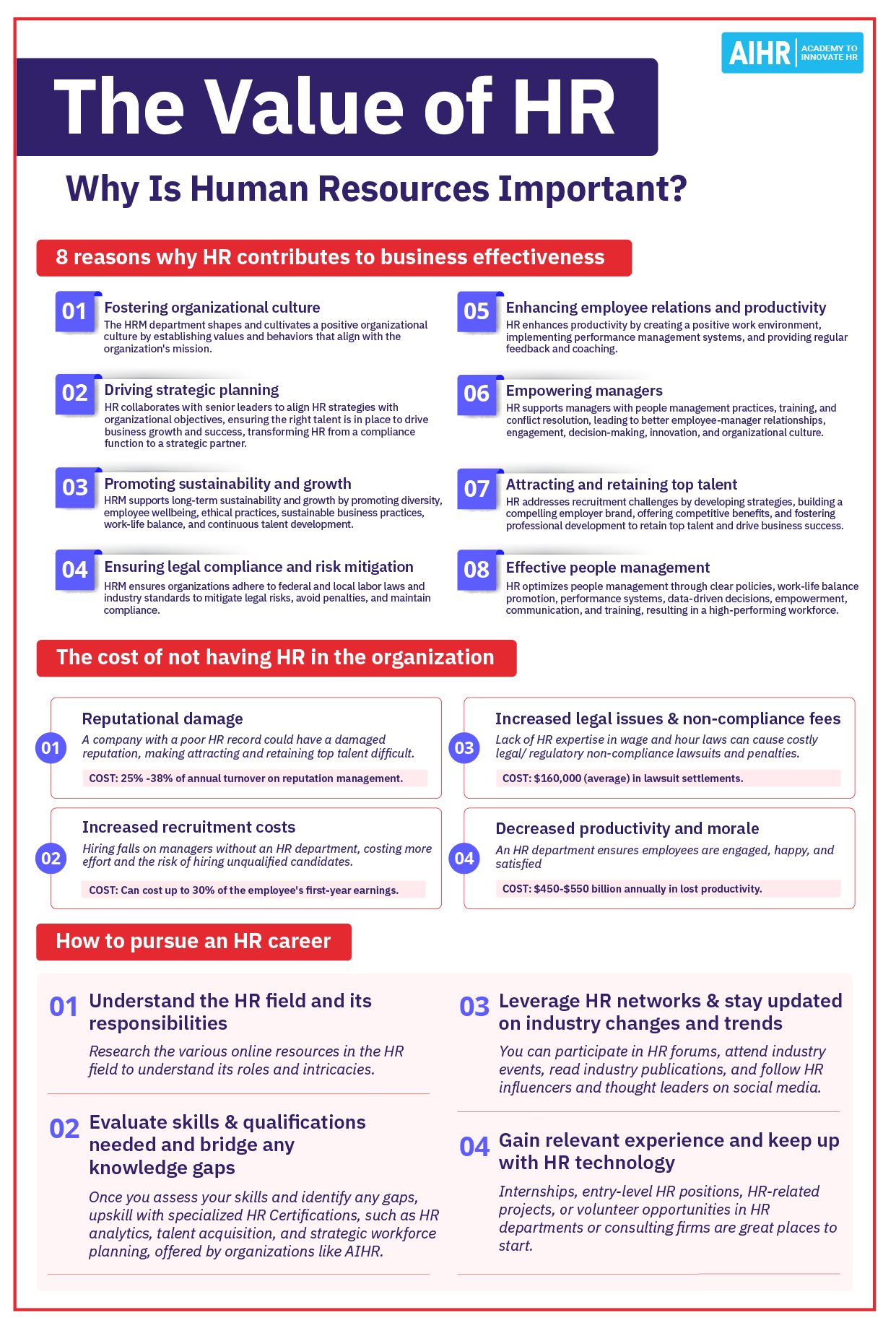Okay, so I’ve been digging into what makes a good HR department tick. It’s way more than just hiring and firing, you know? I started thinking about this after a particularly rough patch at my last gig – total chaos, nobody knew what was going on, and it all stemmed from HR being, well, a mess.
So, I started by just brainstorming. Like, what should a good HR department actually do? I jotted down a bunch of ideas on a whiteboard – everything from onboarding new hires to handling benefits and dealing with, ugh, conflict resolution.
Getting Organized
Then, I figured I needed some structure. I decided to break it down into key areas. Here’s what I came up with:

- Recruitment and Hiring: This is the obvious one, right? Finding good people, getting them through the interview process, and making sure the whole thing runs smoothly. I spent some time thinking about how to make this less of a headache for everyone involved.
- Onboarding: Making sure new hires feel welcome and actually know what they’re supposed to be doing. My last place just threw me into the deep end – not fun. I realized a solid onboarding process is super important.
- Training and Development: Helping employees grow and learn new skills. This is good for the company and the employees, so it’s a win-win. I looked into some online resources for this.
- Benefits and Compensation: Making sure people get paid correctly and on time, and that they understand their benefits package. This part is crucial, and mistakes here cause HUGE problems. I made some notes about clear communication being key here.
- Employee Relations: Dealing with conflicts, handling complaints, and generally making sure the workplace is a decent place to be. This is the tough stuff, but it’s so important. I thought about different approaches to conflict resolution.
- Performance Management: How do you judge someone’s performance fairly? What are the systems? I researched different models to track this.
After outlining all that, I began to create some simple checklists and flowcharts. Nothing fancy, just basic steps for each process. For example, for onboarding, I listed out everything that needed to happen from the moment someone accepts an offer to their first 90 days on the job.
Putting My Research into Action
It’s one thing to have all these ideas, it’s another to actually, you know, do something with them. I’m working on turning these checklists and flowcharts into something more concrete, something that a small business could actually use. I’m using simple tools to build all my checklists, nothing complicated.
The whole point is to create a system that’s organized, efficient, and, most importantly, human. A well-organized HR department isn’t just about paperwork and policies; it’s about making sure people feel valued and supported. That’s what I’m aiming for, anyway. This whole thing is still a work in progress, but I’m feeling pretty good about the direction it’s heading.















